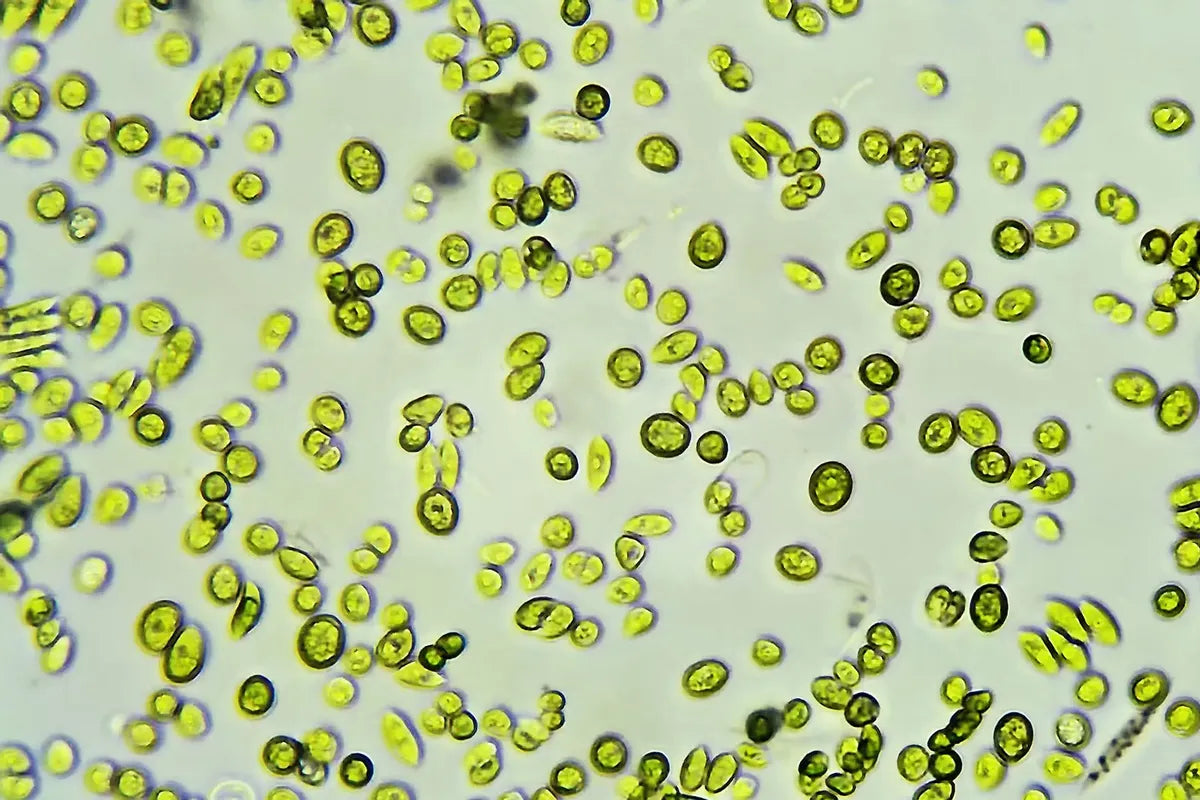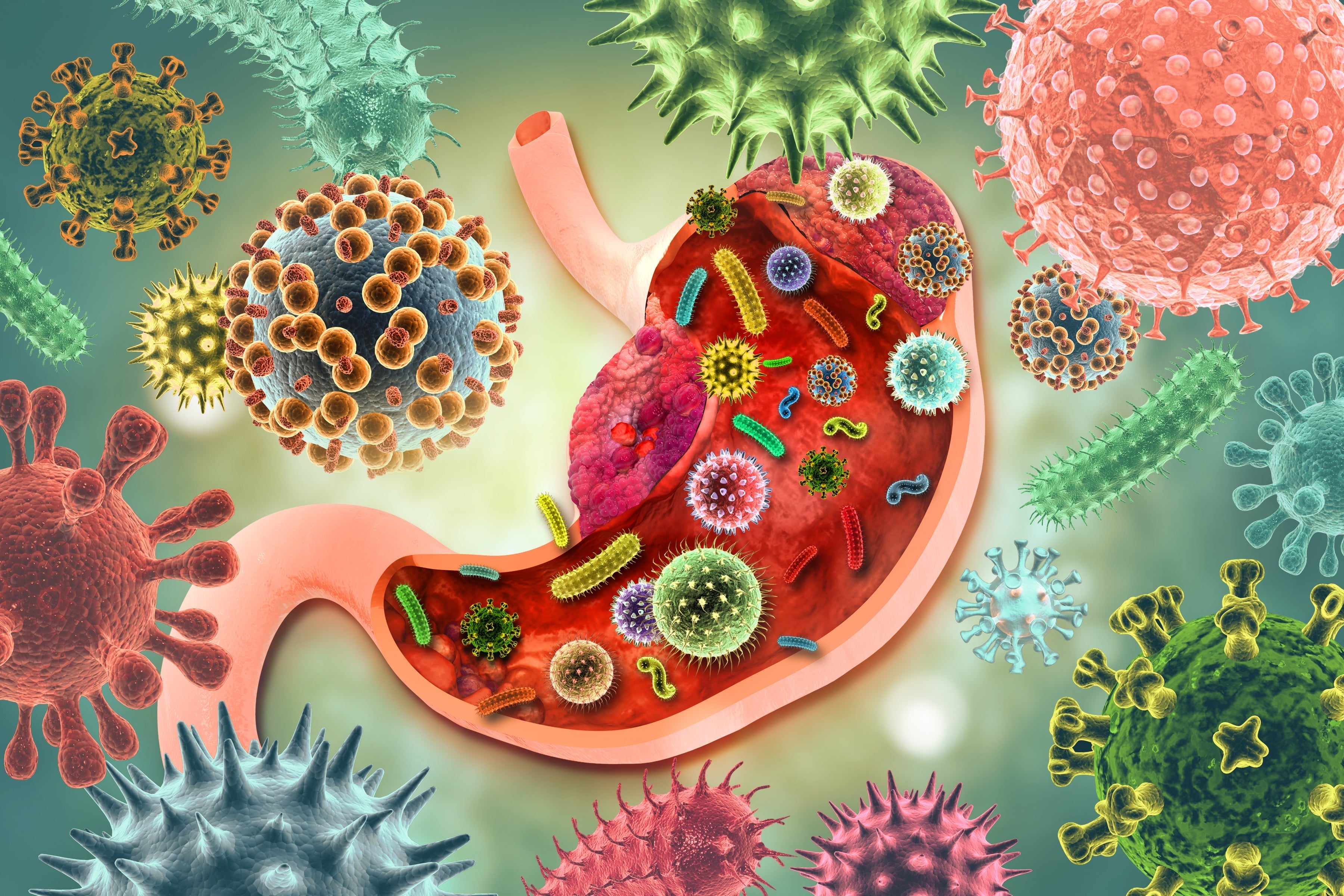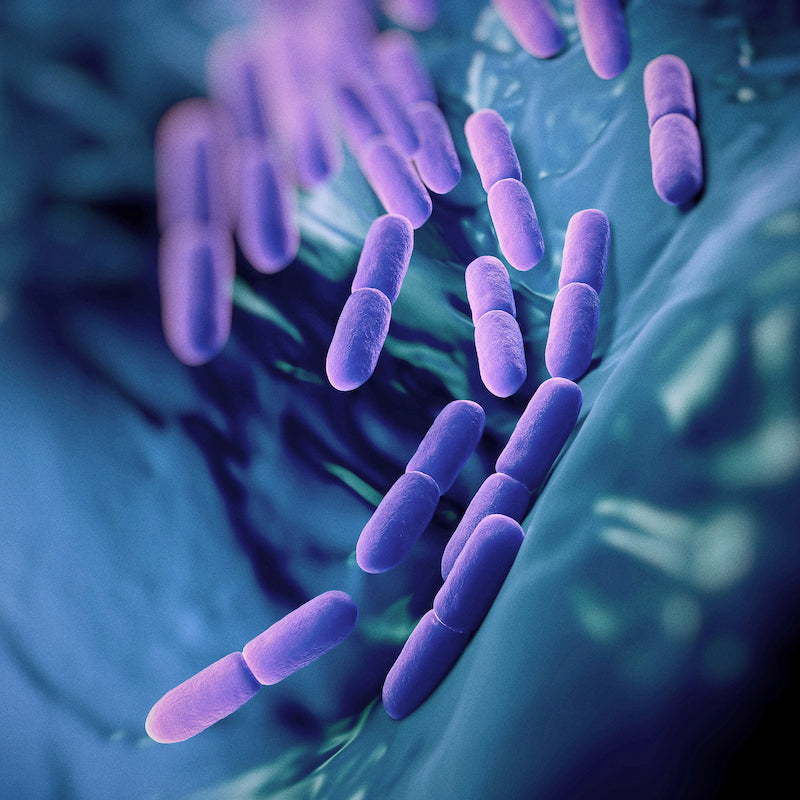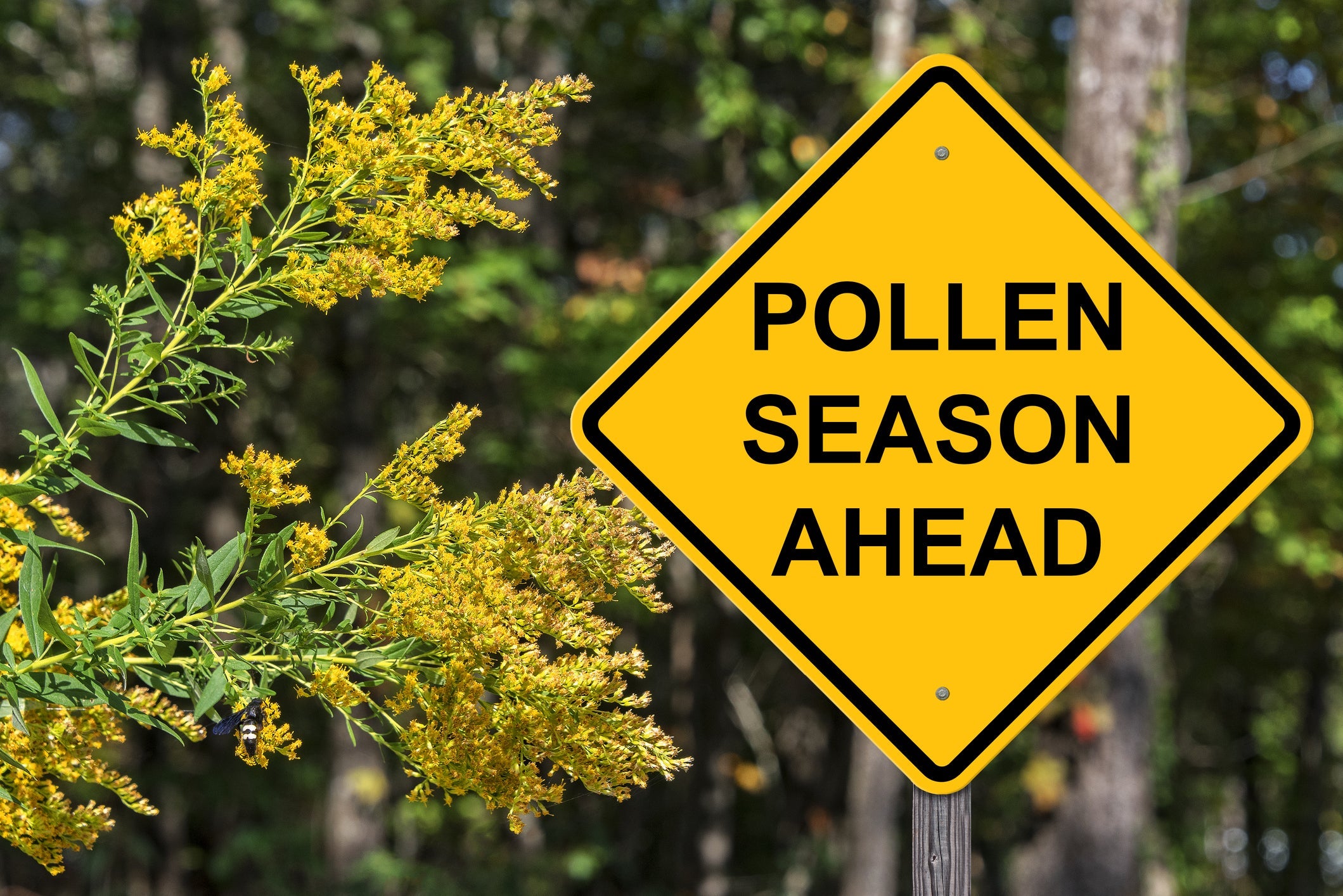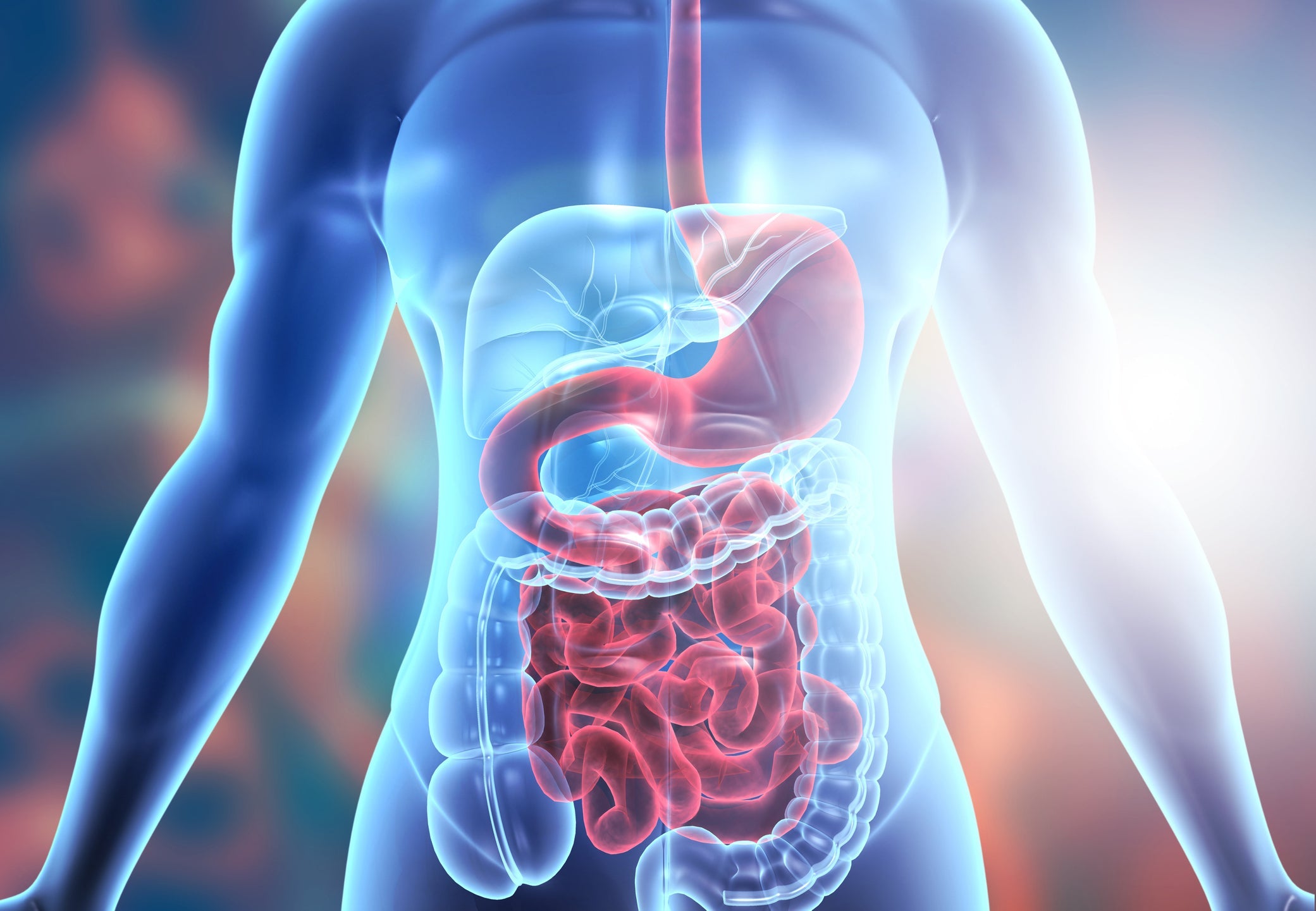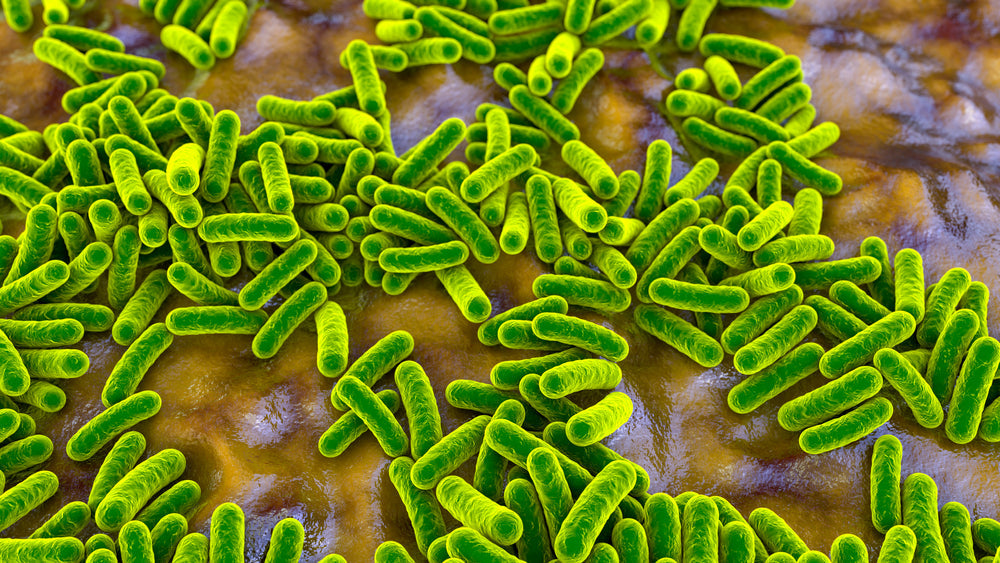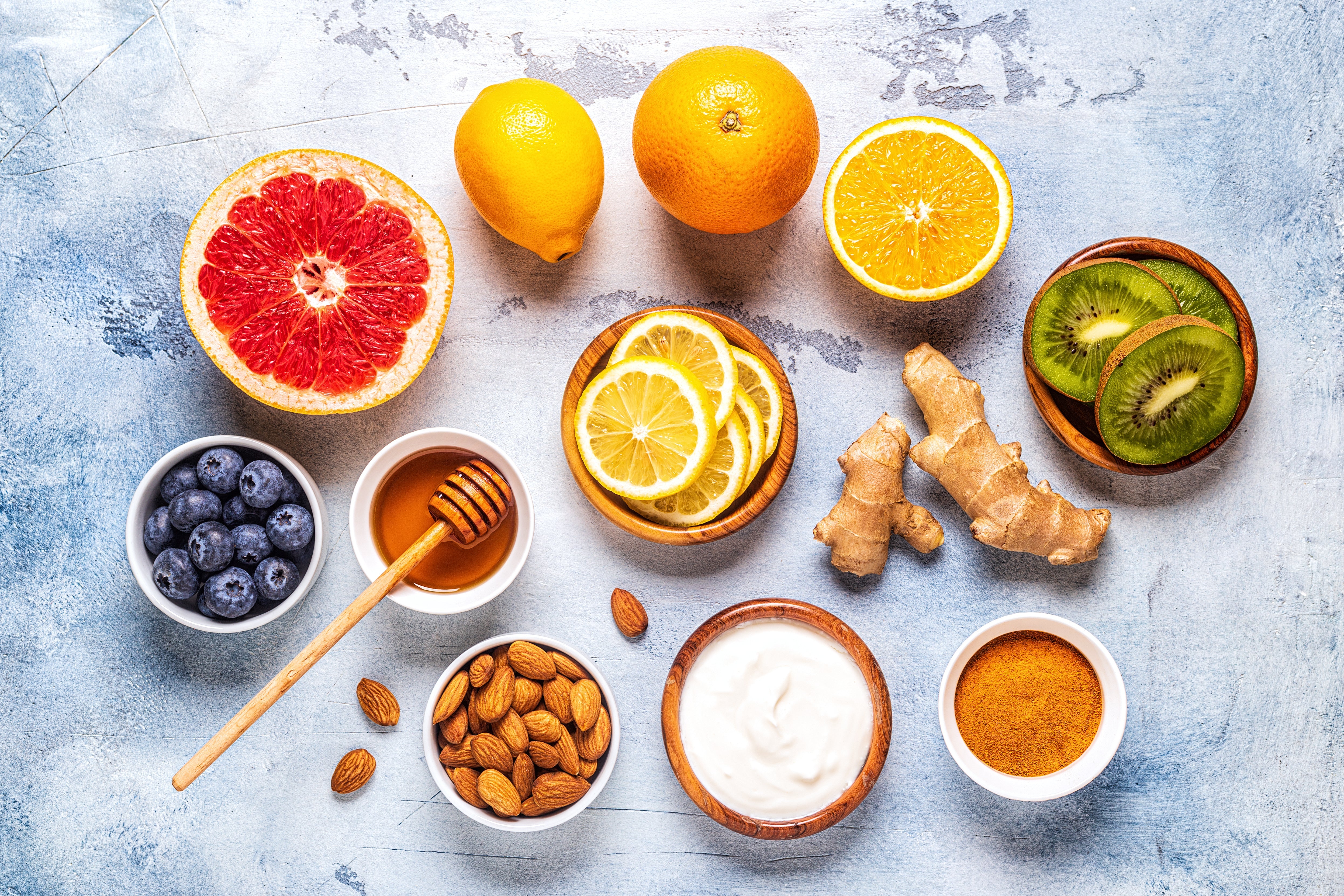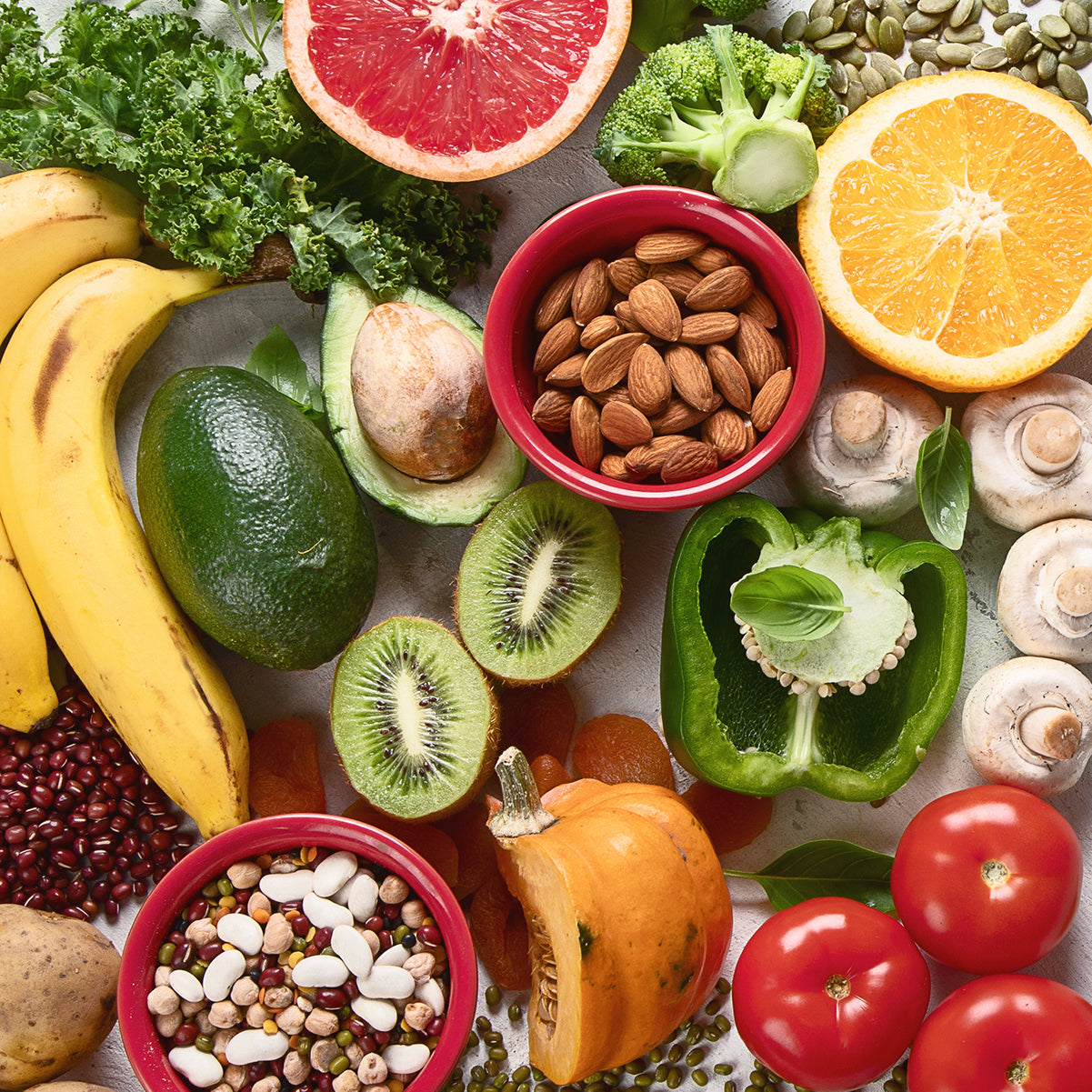Author: Amy Butler (nutritionist)
The most important meal of the day
That’s right, breakfast! If you’ve ever run out of the door without breakfast on a workday, you’re probably familiar with the distraction that hunger can cause. This is no different in children – attention and memory are improved in children that have breakfast compared to those who don’t, and some types of breakfast seem to improve attention more than others. For example, children who ate low GI (or glycaemic index – a measure of how quickly your blood sugar rises after a meal) breakfasts saw greater improvement in attention than those who had high GI breakfasts.1 Common high GI breakfast foods are white bread, high-sugar cereal and baked goods like muffins and pastries, whereas low GI options include oatmeal, eggs and whole meal toast.
Examples of how to turn a high GI breakfast into a low GI one below:
Of course, it’s a little reductive to say that it’s only breakfast that is important when thinking about attention and behaviour in children. Making sure children eat regularly through the day and focussing on low GI foods ensures they have sustainable energy to focus and helps to reduce the poor behaviour that often arises from hunger.
Specific nutrients to help
As well as ensuring that children eat regularly, it can be helpful to ensure adequate intake of a few key nutrients.
- Magnesium, in concert with Calcium, helps calm the nervous system by regulating nerve firing and reducing over-excitation of the nervous system. For diets low in magnesium, supplementation might help to reduce anxiety.2
- B Vitamins support all areas of health and mood; in particular B6 supplementation (with magnesium) has demonstrated improvements in symptoms of hyperactivity and aggressiveness in children.3
- Iron deficiency in children has several symptoms, one of which is poor behaviour, and treatment with supplemental iron can reverse the behavioural symptoms.4 There’s no harm in increasing iron-rich foods in the diet (for example spinach, beans, lentils, tofu and red meat) as our bodies are very good at regulating iron from food sources; however you should only ever give children iron supplements if your doctor has identified an iron deficiency.
- Zinc insufficiency is associated with a number of behaviour problems including anxiety/depression, withdrawal, emotional reactivity, attention problems and aggressive behaviour.5 Including more beans and lentils, seeds like hemp or pumpkin, nuts like cashews or almonds and dark chocolate can give your kids a boost of zinc in their diets.
- Omega-3s have been found to improve problems like inattention, hyperactivity and oppositional behaviour in children, both with and without a diagnosis of ADHD (attention-deficit hyperactivity disorder).6 As well as oily fish, omega-3s can be found in seaweed, chia seeds, hemp seeds, flax, walnuts and beans.
- Protein keeps them fuller for longer, helping to avoid afternoon ‘hanger’ tantrums!

To help achieve the levels of nutrients kids needs to thrive, try adding a Kids Good Stuff multi vitamin smoothie to their daily routine. It contains over 50 ingredients including magnesium, calcium, B vitamins, naturally occurring iron, zinc and protein.
Things to avoid
Experiment with removing artificial colours, flavour enhancers and preservatives to see if this makes a difference in your child’s behaviour (some children are more sensitive than others); these include:
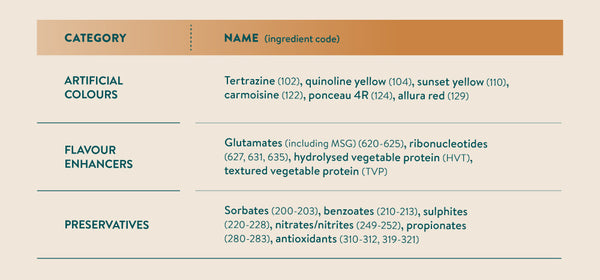
This can be an overwhelming task and it’s best to work with a professional (like a dietician, nutritionist or naturopath) when making restrictions to a child’s diet.
Allergies and intolerances
Allergies and intolerances don’t always show up as the classic symptoms of rash, itchy throat, bloating or diarrhea. Behavioral problems can also be a sign of an undiagnosed allergy or intolerance. Speak to your doctor if you suspect this and they can arrange an allergy test for you.
References
- Adolphus K, Lawton CL, Champ CL, et al. The effects of breakfast and breakfast composition on cognition in children and adolescents: A systematic review. Adv Nutr 2016;7(3):590S-612S.
- Boyle NB, Lawton C, Dye L. The Effects of Magnesium Supplementation on Subjective Anxiety and Stress—A Systematic Review. Nutrients. 2017;9(5):429.
- Mousain-Bosc M, Roche M, Polge A, Pradal-Prat D, Rapin J, Bali JP. Improvement of neurobehavioral dis-orders in children supplemented with magnesium-vitamin B6. I. Attention deficit hyperactivity disorders. Magnes Res. 2006;19(1):46-52.
- Mahajan G, Sikka M, Rusia U, et al. Iron profile in children with behavioural disorders: A prospective study in a tertiary care hospital in North India. Indian J Hematol Blood Tranfus 2011;27(2):75-80.
- Liu J, Hanlon A, Ma C, et al. Low blood zinc, iron, and other sociodemographic factors associated with behaviour problems in preschoolers. Nutr 2014;6:530-545.
- Hibbeln JR, Gow RV. Omega-3 fatty acid and nutrient deficits in adverse neurodevelopment and childhood behaviours. Child Adolesc Psychiatr Clin N Am 2014;23(3):555-590.











